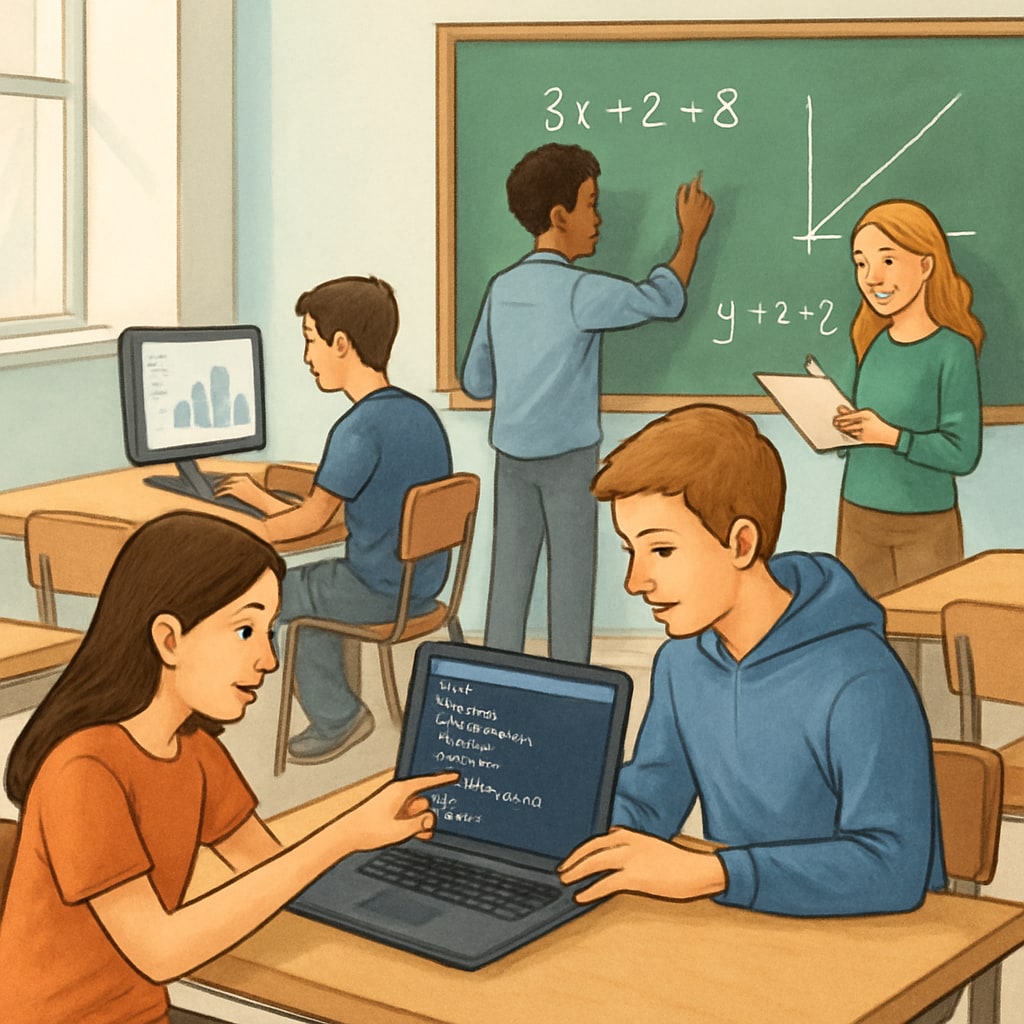The modern K12 education system faces the dual challenge of equipping students with practical skills while maintaining a strong foundation in traditional academic disciplines. Vocational education and traditional academics must work in harmony to create a balanced education structure that fosters holistic development. By examining complementary educational models and proposing integration strategies, schools can achieve the goal of producing well-rounded individuals prepared for both the workforce and lifelong learning.
Understanding the Complementary Nature of Vocational and Academic Education
Vocational education focuses on imparting hands-on, career-oriented skills, while traditional academics emphasize theoretical knowledge and critical thinking. These two approaches, rather than being antagonistic, can complement each other effectively. For example, integrating subjects like mathematics with technical fields such as engineering or data analysis can make learning both practical and engaging. Similarly, communication skills and humanities can enhance career readiness by fostering adaptability and interpersonal abilities.
The integration of vocational and academic education is not just beneficial for students; it also addresses labor market demands. As industries evolve, a blended skill set that combines technical expertise with critical thinking and creativity is increasingly valued. This synergy highlights the need for educational models that do not prioritize one over the other but instead create a balanced and adaptive curriculum.

Current Models and Their Strengths
Several educational systems worldwide have implemented innovative approaches to balance vocational and traditional academics. For instance:
- Dual Education Systems: Countries like Germany and Switzerland have dual-track systems where students split their time between classroom learning and hands-on apprenticeships. This approach allows students to gain academic knowledge while applying it in real-world settings.
- Project-Based Learning: Schools in the United States often adopt interdisciplinary, project-based learning models, merging vocational and academic concepts. For example, designing a sustainable energy project could incorporate physics, environmental science, and engineering skills.
- Specialized High Schools: Institutions like Singapore’s Institutes of Technical Education focus on vocational training without sacrificing core academic subjects, ensuring students are well-prepared for both professional and academic growth.
Each of these models demonstrates that vocational and academic education can coexist and thrive when implemented thoughtfully. However, challenges such as resource allocation, teacher training, and societal perceptions often hinder broader adoption.
Strategies for Building an Integrated Curriculum
To create a truly balanced education structure, schools can adopt the following strategies:
- Cross-Disciplinary Curriculum Design: Develop coursework that blends vocational skills with academic concepts. For instance, a robotics course could combine physics, coding, and hands-on assembly.
- Partnerships with Industry: Collaborate with local businesses to provide internships, apprenticeships, and real-world projects that enhance classroom learning.
- Teacher Training: Invest in professional development programs to equip educators with the skills to teach integrated curricula effectively.
- Flexible Scheduling: Allow students to alternate between academic and vocational tracks, giving them exposure to both without overwhelming their schedules.
- Community Engagement: Address stigma around vocational education by showcasing its value through community outreach and success stories.
By employing these strategies, schools can create a curriculum that not only meets educational objectives but also prepares students for the demands of an ever-changing world.

The Road Ahead: Achieving Balance in Education
As the demands of the global workforce shift, the importance of balancing vocational education and traditional academics will only grow. Policymakers, educators, and communities must work together to create systems that value both equally. By fostering a culture that sees the two as complementary rather than competitive, we can prepare students for both immediate career opportunities and long-term personal growth.
Ultimately, the goal is to cultivate versatile individuals who are not just job-ready but also equipped to adapt, innovate, and thrive in a diverse range of environments. Through thoughtful integration and collaboration, the education system can rise to this challenge and create a brighter future for all students.
Readability guidance: This article employs short paragraphs, clear transitions, and actionable strategies. It balances technical insights with accessible language for a wide audience, ensuring clarity and engagement.


